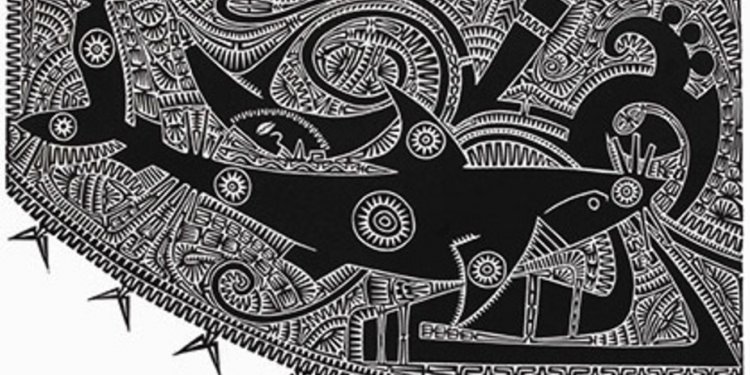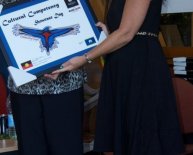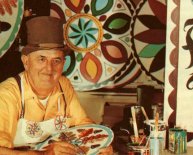
Torres Strait Culture
Australian Communities: Torres Strait Islander People
Australia has two Indigenous Peoples, Aboriginal Australians and Torres Strait Islanders.
Torres Strait Islanders come from the islands of the Torres Strait that separates the Australian mainland at Cape York from Papua New Guinea. The Strait was named after Luis Vaez de Torres, a Spanish adventurer who visited the area in 1606. The Torres Strait Islands became part of Queensland by an Act of Parliament in 1879.
There are over 100 islands in the Torres Strait of which 17 are inhabited by 20 communities each with their own local council. The islands are scattered over an area of 48, 000 square kilometres. At its most northern point, Saibai Island is 3.73 kilometres from the Papua New Guinea mainland and from the edge of the Torres region to Indonesia is 73.5km making it the only part of Australia to share a border with a neighbouring country.
The traditional people of Torres Strait are of Melanesian origin and have occupied the islands for many thousands of years. The Islanders speak two distinct languages. In the Eastern Islands (Erub, Mer and Ugar) the traditional language is Meriam Mir, while the Western and Central Island groups speak either Kala Lagaw Ya or Kala Kawa Ya, which are dialects of the same language. Since European contact a Torres Strait Creole, Broken, has evolved from the nineteenth century pidgin English of the southwest Pacific and is now common throughout the islands.
There are now approximately 6, 000 Torres Strait Islanders living in the Torres Strait region and another 37, 000 outside the region, mainly in the coastal towns of north Queensland, particularly in Townsville and Cairns. Torres Strait Islanders have a strong sense of attachment to their homeland and those who live on the mainland return regularly for social and family occasions.
Although they have had long-standing contact with the Aboriginal Australians in the south and Melanesians to the north, the Islanders are a distinct people with their own culture and identity. This has now been recognised officially and the Islanders in the Torres Strait and on the mainland have their own voice in national affairs. The Torres Strait Regional Authority (TSRA) has also been established to represent the interests of the Torres Strait Islanders in the Torres Strait.
The Torres Strait Islanders are a sea-faring people, travelling long distances in search of turtles and dugong and trading with other islands and villages on the Papuan coast. The sustainable commercial exploitation of marine resources is considered crucial to employment and economic development in the region. Sharing regional responsibility for the management of these fisheries is therefore a primary cultural and economic goal of Torres Strait Islanders. As well as maintaining their distinct culture, Torres Strait Islanders have made an important contribution to Australia's economic development in the pearling industry, the building of railways, the sugar industry, tourism, arts and culture.

















